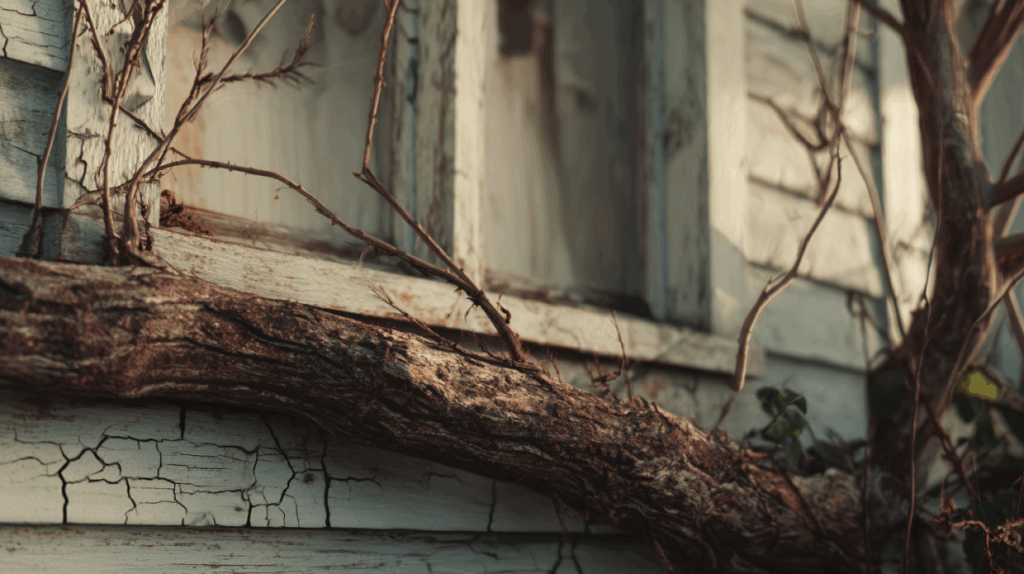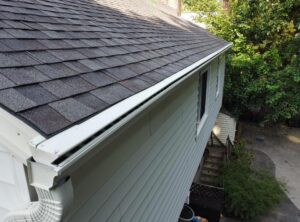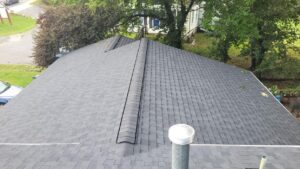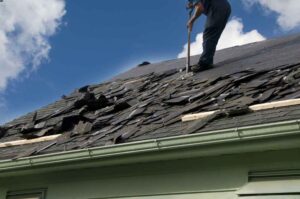As the air turns crisp and leaves begin to fall, it’s easy to get caught up in the beauty of the season. But for homeowners, fall also marks the beginning of some common and potentially serious siding problems. Moisture, temperature swings, and debris buildup can all impact your home’s exterior—especially if your siding is older or hasn’t been maintained recently.
From fiber cement siding issues to overlooked vinyl siding maintenance, autumn is the season where small issues can grow into costly damage. In this guide, we’ll break down the top 7 siding issues that start in fall and what you can do to prevent them before winter arrives.
1. Moisture Infiltration from Falling Leaves and Debris
Fall is notorious for clogged gutters and leaf buildup along siding edges. Wet leaves trap moisture, and if they accumulate near the base of your siding, they can lead to rot, mold, and warping—especially with wood or poorly installed fiber cement siding.
Prevention Tips:
- Keep gutters and downspouts clear to prevent overflow.
- Rake leaves away from the foundation regularly.
- Install gutter guards or leaf screens.
- Trim overhanging branches to limit future buildup.
Why It Matters:
Prolonged moisture against siding can lead to interior wall damage, pest infestations, and long-term structural issues.

2. Temperature Fluctuations Causing Expansion and Contraction
Fall brings chilly nights and warmer afternoons. These daily swings cause siding materials to expand and contract, which can lead to cracking, warping, or loose panels.
Common Signs:
- Warped or buckling vinyl siding
- Gaps in seams or caulking
- Hairline cracks in fiber cement boards
How to Stop It:
- Choose high-quality, properly installed siding that allows for thermal movement.
- Inspect and recaulk seams and joints before the cold sets in.
- Replace damaged panels as needed.
Note for Vinyl Siding:
Vinyl is particularly susceptible to expansion and contraction. Regular vinyl siding maintenance includes checking for loose or bulging panels in the fall.
3. Freezing Rain and Frost Damage
Early frost and light freezing rain in the fall can introduce water into small cracks or seams in your siding. When temperatures drop, that water freezes, expands, and worsens the damage—a process known as the freeze-thaw cycle.
How to Minimize Risk:
- Seal all visible cracks before the first frost.
- Check for weak spots near windows, doors, and joints.
- Ensure proper flashing and drainage to divert water away from the siding.
Important for Fiber Cement Siding:
Although durable, improperly sealed or unpainted fiber cement siding issues often involve water penetration that leads to delamination and cracking during cold snaps.
4. Mold, Mildew, and Algae Growth
Fall offers the perfect storm for mildew and algae—cool temperatures, high humidity, and reduced sunlight. This is especially true on the north or shaded sides of your home, where the sun doesn’t dry out the surface effectively.
How to Combat Growth:
- Wash your siding with a gentle cleanser and soft brush in early fall.
- Apply mold-inhibiting treatments as needed.
- Ensure surrounding landscaping allows sunlight and airflow.
Vinyl Tip:
Vinyl siding is mold-resistant, but dirt and organic matter can feed mildew. Cleaning is key to vinyl siding maintenance.
5. Pest Intrusion Behind Loose Panels
As temperatures drop, rodents, insects, and even birds begin looking for shelter. Damaged or loose siding panels can provide the perfect entry point into your home’s walls or attic.
What to Look For:
- Small holes or chew marks
- Loose panels or gaps near soffits and eaves
- Increased indoor pest activity
How to Prevent It:
- Secure any loose siding panels before fall.
- Seal around utility entry points and vents.
- Install fine-mesh screens in attic vents and behind siding vents.
Pro Tip:
Fiber cement siding is more pest-resistant than wood, but even it can develop gaps over time that become entry points if not properly maintained.
6. Paint and Finish Deterioration
Fall can reveal paint or finish problems that went unnoticed in summer. Peeling, chipping, or fading finishes not only look bad—they allow moisture to penetrate the siding material underneath.
What Causes It:
- UV damage from summer
- Moisture seeping into small cracks
- Improper application or poor-quality paint
Maintenance Tips:
- Touch up any chipped or peeling paint before temperatures drop too low.
- Repaint fiber cement siding every 10–15 years or as recommended.
- Don’t paint when it’s too cold—paint won’t cure properly below 50°F.

7. Cracks and Damage from Fallen Branches
Autumn winds can cause branches or limbs to fall against your siding. Even minor impacts can lead to cracks, punctures, or dislodged panels, especially in older vinyl siding systems.
How to Reduce the Risk:
- Trim back tree limbs that hang over your home.
- Perform a siding inspection after heavy storms or wind events.
- Replace any cracked panels before winter moisture seeps in.
Siding Material Impact:
- Vinyl Siding: Prone to cracking upon impact.
- Fiber Cement: More impact-resistant, but edges can chip.
- Wood Siding: Susceptible to rot if the paint or finish is compromised.
How to Protect Your Siding This Fall
The best way to prevent these fall siding problems is through regular maintenance and seasonal inspections. Here’s a quick fall checklist:
- Inspect your siding top to bottom, including around windows and doors.
- Clean off dirt, algae, and leaves with a hose or low-pressure washer.
- Re-caulk gaps and seams, especially in high-moisture areas.
- Secure loose panels or boards.
- Schedule a professional inspection if you see signs of damage or wear.
By addressing potential issues in the fall, you’ll reduce the risk of winter-related siding damage and avoid expensive repairs down the road.
Why Fall Is the Best Time for Siding Repairs and Maintenance
Many homeowners wait until winter damage becomes obvious, but by then, repairs are more complicated—and often more expensive. Fall provides mild temperatures that are ideal for inspections, cleaning, caulking, and painting. It’s also the last window of opportunity before ice and snow arrive.
At GoodGood Roofing & Siding, we recommend tackling siding concerns early in the season so your home is fully prepared for winter’s harsh conditions.
How GoodGood Roofing & Siding Can Help
Our team at GoodGood Roofing & Siding specializes in siding installation, repair, and seasonal maintenance for homeowners throughout Maryland and Northern Virginia. Whether you have fiber cement siding issues, need professional vinyl siding maintenance, or want a full exterior inspection, we’re here to help.
Why Work With Us:
- Certified installers for James Hardie and other leading siding brands
- Expertise in vinyl, fiber cement, and engineered siding systems
- Veteran-owned and customer-focused, with honest pricing and local experience
- Full inspection and maintenance services to catch problems early
- Flexible financing options to make siding repairs affordable
We’ll assess your home’s exterior, identify trouble spots, and recommend solutions that are practical, long-lasting, and built for the local climate.
Get a Free Estimate and Protect Your Siding This Fall
Don’t let small fall siding issues turn into major repairs next season. Whether you need a quick repair, full inspection, or want to upgrade your siding, our team is here to help with expert advice and quality service.
Get a free estimate now and schedule your fall siding inspection with GoodGood Roofing & Siding—before winter weather makes things worse.





